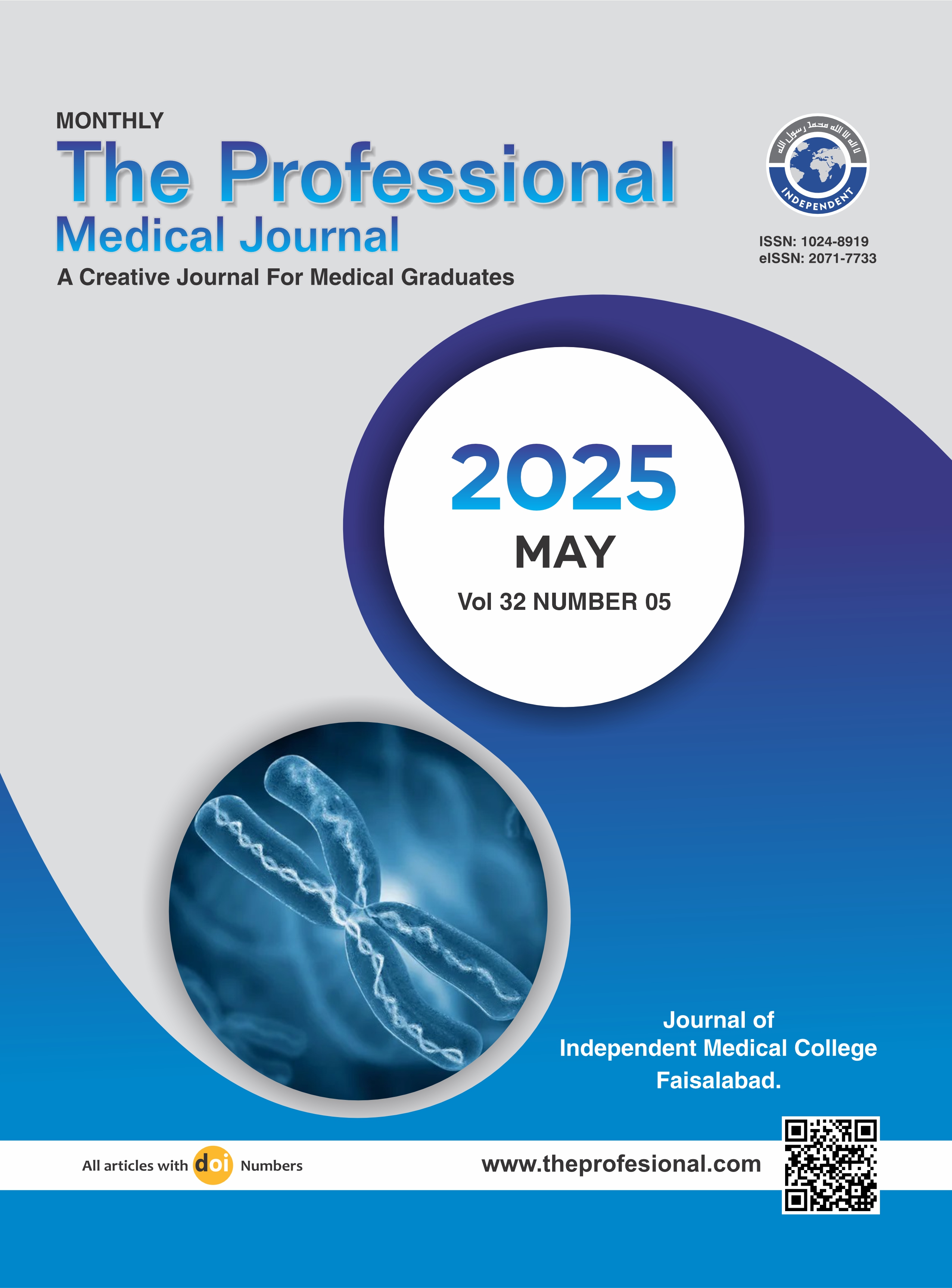One-Year Outcomes of St. Jude Medical (SJM) Mechanical Valve Replacement: Mortality and morbidity analysis in a resource-constrained Cardiac Centre.
DOI:
https://doi.org/10.29309/TPMJ/2025.32.05.8784Keywords:
St. Jude Medical, Mitral Valve, Aortic ValveAbstract
Objective: To determine the mortality and morbidity rates at one year in patients with rheumatic heart disease undergone St. Jude Medical mechanical heart valves replacement. Study Design: Retrospective Cohort study. Setting: Peshawar Institute of Cardiology (PIC), a newly established cardiac centre located in Peshawar. Period: January 2021 to January 2023. Methods: Data were extracted from the hospital's Electronic Medical Records (EMR) and Health Management Information System (HMIS) of 208 adult patients (≥18 years) who underwent mechanical valve replacement (aortic, mitral, or double valve) using St. Jude Medical Master series prostheses between 2021 and 2023 and analyzed with was SPSS version 26.0. Results: Mechanical valve replacement was performed on 208 patients with a median age of 41 years (IQR: 32–52) and a median BMI of 24.1 kg/m².A total of 102 individuals (40.0%) had their mitral valves replaced. The most frequent reasons for readmission within a year were bleeding in 8 patients (3.8%) and pericardial effusion in 9 patients (4.3%). All cause mortality including operative mortality rate at one year was 9%. Conclusion: Although mechanical valve replacement is still a viable option for patients with rheumatic heart disease, it is linked to high rates of death and morbidity in settings with limited resources in developing nations.
Downloads
Published
Issue
Section
License
Copyright (c) 2025 The Professional Medical Journal

This work is licensed under a Creative Commons Attribution-NonCommercial 4.0 International License.


